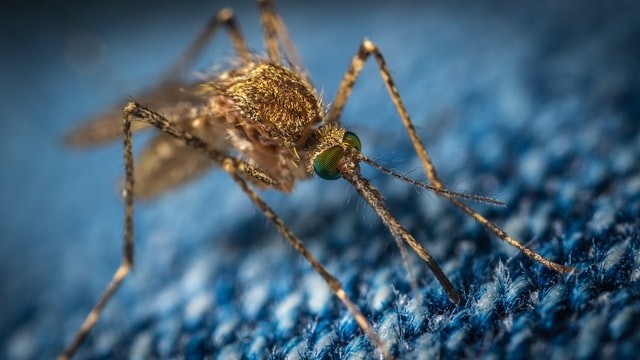Scientists have made a significant advancement in their comprehension of how malaria parasites divide and spread the disease, which may help to prevent one of the deadliest infections in the world.
The malaria-causing Plasmodium genus of parasitic protozoans belongs to the sporozoan subclass Coccidia.
Worldwide, particularly in tropical and temperate regions, Plasmodium, which affects red blood cells in mammals (including humans), birds, and reptiles, is a common parasite.
The female Anopheles mosquito bite is the method used to spread the organism. Animals can contract various strains of malaria from other insects as well as some mites.
Molecular motor proteins in Malaria transmission
 (Photo : Егор Камелев/Unsplash)
(Photo : Егор Камелев/Unsplash)

With roughly 241 million cases and more than 500,000 fatalities each year, malaria is the deadliest parasitic disease in the world, as per ScienceDaily.
When a female Anopheles mosquito bites someone to draw blood, it transmits a single-celled parasite known as Plasmodium that causes the disease.
Researchers have discovered the critical functions of a family of motor proteins called kinesins during the parasite life cycle in this recent study, which was published in PLOS Biology.
Kinesins are important for fundamental cellular functions required for malaria parasite development, multiplication, and invasion, particularly in mosquitoes that transmit the parasite, according to research led by Rita Tewari, professor of parasite cell biology at the university.
Kinesins are molecular motor proteins that participate in a number of cellular processes.
They draw their energy out from the hydrolysis of adenosine triphosphate (ATP), a universal energy source in all cells. They play a role in cell motility, cell polarity, cell division, and transport.
Eight of the nine kinesins found in the parasite genome are needed for the different functions of cell proliferation and cell movement in the mosquito host, according to the most recent study, which was very unexpected.
At various stages of development, both in the host where the disease is transmitted and in the live parasite cells, researchers at the University of Nottingham have examined the location and function of all kinesins.
This study will be significant in the hunt for new intervention targets because these proteins are significant potential drug targets.
Also Read: Study Links Malaria Risk in Deforestation Hotspots to Demand for Agricultural Commodities
Plasmodium
Gametocytes, sporozoites, and merozoites are the three life-cycle stages found in Plasmodium species.
A mosquito's gametocytes transform into sporozoites, as per Britannica.
The sporozoites enter the human bloodstream through a feeding mosquito's saliva. They then move on to the liver parenchyma cells, where they divide and produce merozoites.
Red blood cells are infected after the merozoites are released into the bloodstream.
Then, red blood cells are obliterated by the merozoites' quick division, and the newly multiplied merozoites then infect fresh red blood cells.
Some merozoites may mature into gametocytes, which a feeding mosquito can consume to restart the life cycle.
Although the Haemoproteus and Plasmodium species that cause malaria have different infection processes, most cases of malaria start with sporozoites, or immature parasites, which also are carried in the saliva of females mosquitoes that have been infected.
After receiving a bite from these mosquitoes, the sporozoites either directly enter the bloodstream or pierce deeply into the bird's skin, invading fibroblasts and macrophages, which are types of white blood cells and connective tissue cells, and maturing into forms known as merozoites.
Related article: Study: Plant Sugars Could Influence Malaria Transmission
© 2024 NatureWorldNews.com All rights reserved. Do not reproduce without permission.




![Roundworms with Short Memories 'Stop Forgetting' When Frozen or Given Lithium [Study]](https://1471793142.rsc.cdn77.org/data/thumbs/full/70295/280/157/50/40/roundworms-with-short-memories-stop-forgetting-when-frozen-or-given-lithium-study.jpg)
